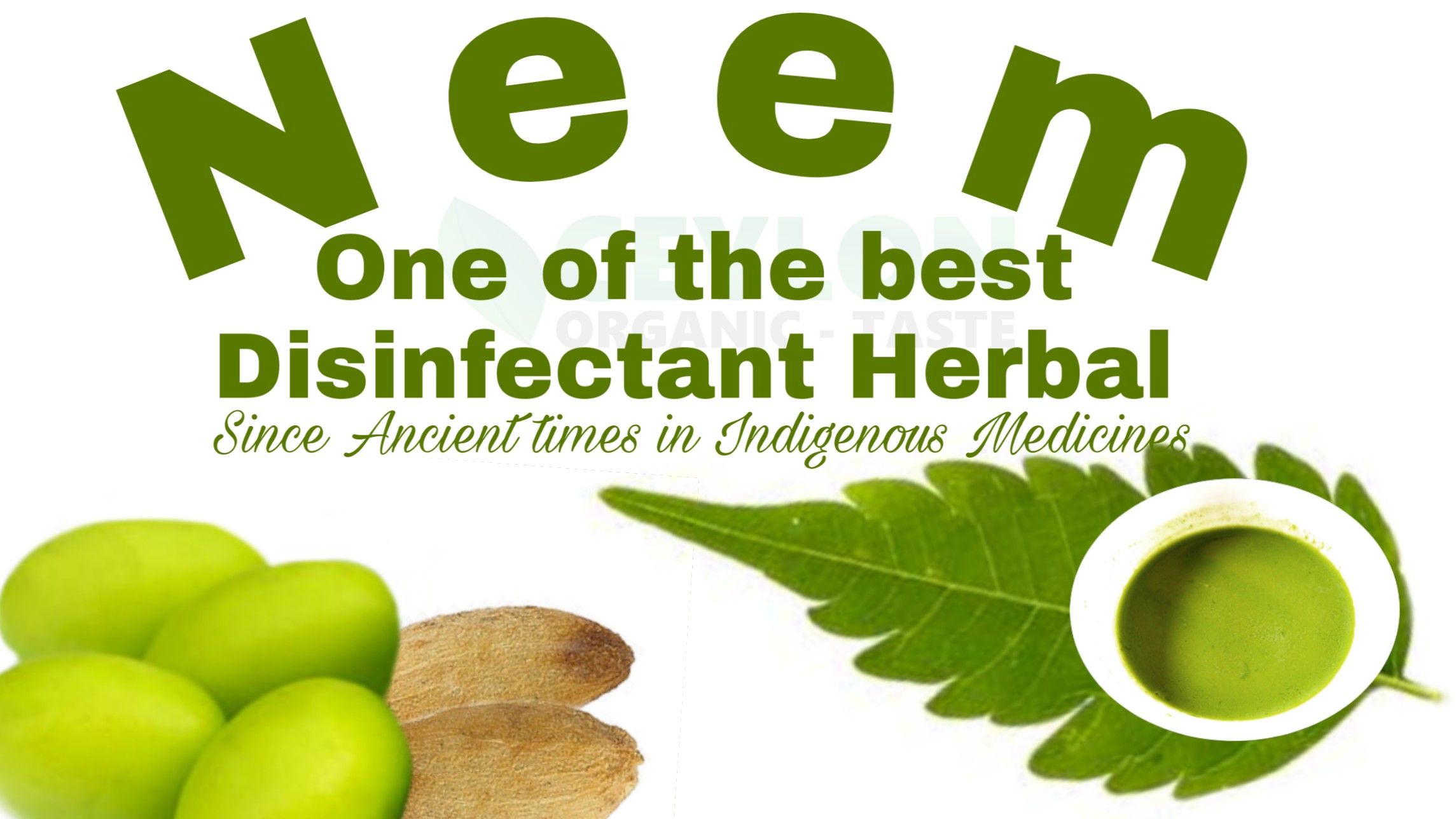
The spiritual yogis’ thousands years ago wrote their medicinal knowledge about what things can’t identify by microscopes or any tools in science. This knowledge comes to the next generations by old documents, books and hereditary families who bring the knowledge.

Neem is widely used herbal plant in indigenous medical remedies since ancient times. It’s very popular among local people as a powerful disinfectant. We are still using neem recipes to protect from epidemic situations.

A tall tree with spreading branches, stem and young parts glabrous. Flowers white, sweet-scented.Leaves imparipinnate, exstipulate, crowded; rachis 15 – 22.5 cm long; leaflets 2- 8 pairs and a terminal one, 5-10 cm long, very unequal sided, oblique, margin coarsely dentate-serrate. Inflorescences paniculate, 12.5-20 cm long. Fruit an oblong-ovoid drupe, 1.5-1.8 cm long, greenish-yellow, one-seeded.

Uses of Neem
The stem, root, bark, leaf and fruit are used as a tonic. Neem tree bark, flower leaves and seeds can be used to having a bath after boiling to cure skin related diseases and as a disinfectant.
01. As a disinfectants
02. As an insecticide
03. As a birth control

The following diseases are treated using by Neem barks in indigenous medicine recipes
¶ Malaria
¶ Fever

The following diseases are treated using by Neem leaf in indigenous medicine recipes
¶ Leprosy
¶ Fever
¶ Diabetes

In Indigenous Medicine recipes, Neem flowers are used in the treatment of the following diseases.
¶ Phlegm

The following diseases are treated using by Neem seeds in Indigenous medicine recipes
¶ Leprosy

In Indigenous medicine recipes, Neem fruits are used in the treatment of the following diseases
¶ Phlegm
¶ Diabetes
Scientific classification
Kingdom – Plantae
Clade – Tracheophytes
Clade – Angiosperms
Clade – Eudicots
Clade – Rosids
Order – Sapindales
Family – Meliaceae
Genus –Azadirachta
Species – A. indica
Binomial name- Azadirachta indica
Neem / Azadirachta indica / kohomba


